Major Planting Delays Across Corn Belt
Megan Nelson
Economic Analyst
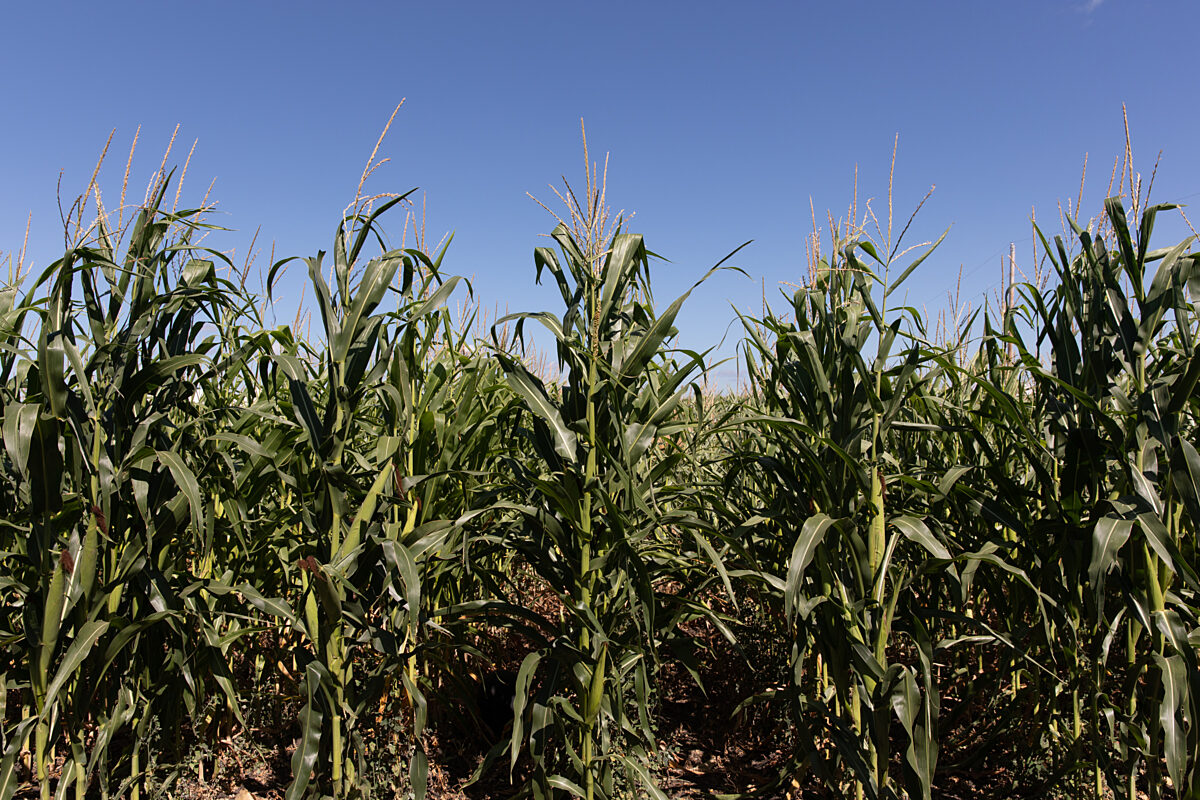
photo credit: AFBF Photo, Philip Gerlach
Megan Nelson
Economic Analyst
USDA’s May 13 Crop Progress report revealed the U.S. corn crop at 30% planted, down 36 percentage points from the five-year average of 66% complete at this point in the planting season and down 29 percentage points from 2018 progress. Analysts had projected corn plantings at 35% complete. Similar delays are being realized in the U.S. soybean crop with only 9% planted, down 20 percentage points from the five-year average of 29% planted and down 23 percentage points from last year. Soybean plantings are down 6 percentage points from analysts’ expectations of 15%.
The percent of corn and soybeans planted at this time of the year is the lowest since 2013. The last time corn and soybean planting progress was this delayed, both the corn and soybean yields were slightly above the unconditional trend yield.
Percent of Corn Planted
With historic precipitation levels seen throughout the Corn Belt this spring, producers have not been able to get into the field to begin planting. Through May 9, the 19th week in the planting season, 30% of the U.S. corn crop has been planted, leaving an estimated 65 million acres left to plant.
With plantings following the typical northern migration through the Midwest, much of the southern corn acres has been planted, with Louisiana, Georgia and South Carolina 100% planted. However, with most of the devastating weather conditions affecting the northern regions of the Corn Belt, states such as Illinois, Ohio and South Dakota are just getting started, with only 11%, 6% and 4% of the corn crop planted in those states, respectively, Figure 1. With 9.97 million acres left to plant, corn farmers in Illinois have the most work head of them, followed by farmers in Iowa and Minnesota, who are left with 7.1 million acres and 6.3 million acres, respectively, Figure 2.
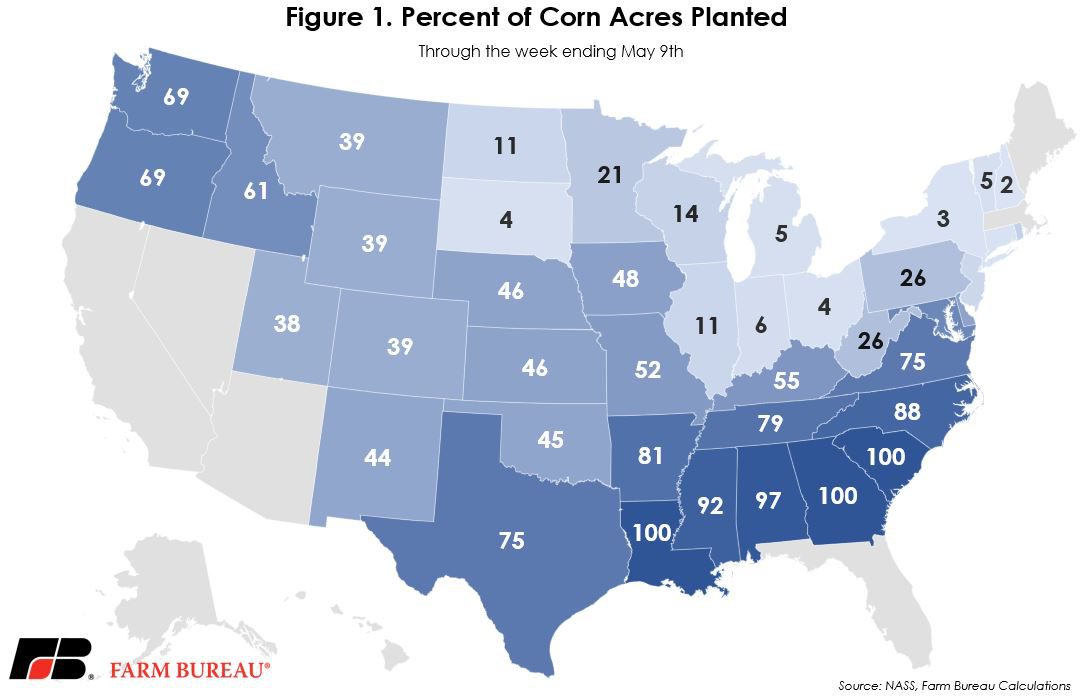
.jpg)
For the past five years, at this point in the planting season, about two-thirds of the U.S. corn crop was in the ground. However, based on USDA’s most recent Crop Progress report, only 30% of the U.S. corn crop is planted, down 36 percentage points from the five-year average and down 26 percentage points from this time last year. Figure 3 illustrates the percentage difference in the corn acres planted compared to the five-year average at this point in the growing season.
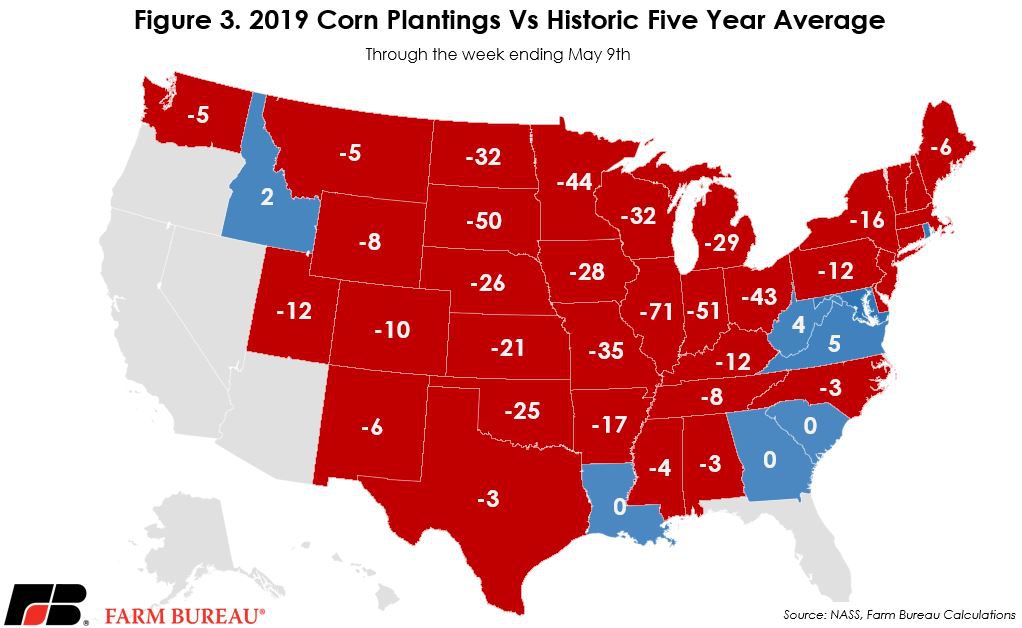
Percent of Soybeans Planted
USDA’s Crop Progress report revealed 9% of the U.S. soybean crop has been planted, leaving 77 million acres left to plant. Just over the halfway mark, Texas and Louisiana have planted a combined 810,000 acres, with 705,000 acres left to plant. Moving north through the Midwest, producers continue to struggle to get planting with most northern states below 10% planted. Figures 4 and 5 show the percent of the U.S. soybean crop currently planted and how many acres are left to plant.
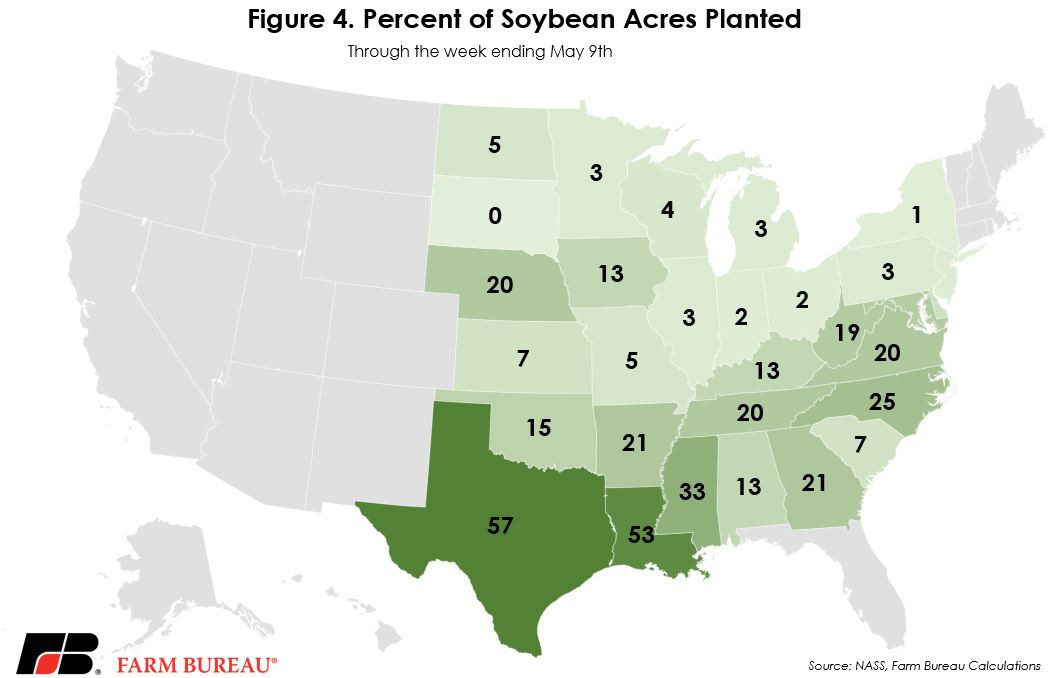
.jpg)
As with corn, soybean planting delays are spread throughout the Midwest, . largely due to unfavorable weather conditions there and throughout the South. The U.S. soybean crop is currently 9% planted, down 20 percentage points from the five-year average of 29% planted and down 23 percentage points from the same time last year.. Down 36 percentage points from the five-year average, Mississippi has been delayed the most, closely followed by Minnesota, Arkansas and Illinois with declines of 33, 32, and 31 percentage points for week 19 of the planting season, respectively. Figure 6 illustrates the number of soybean acres currently planted compared to the five-year average for the same time.
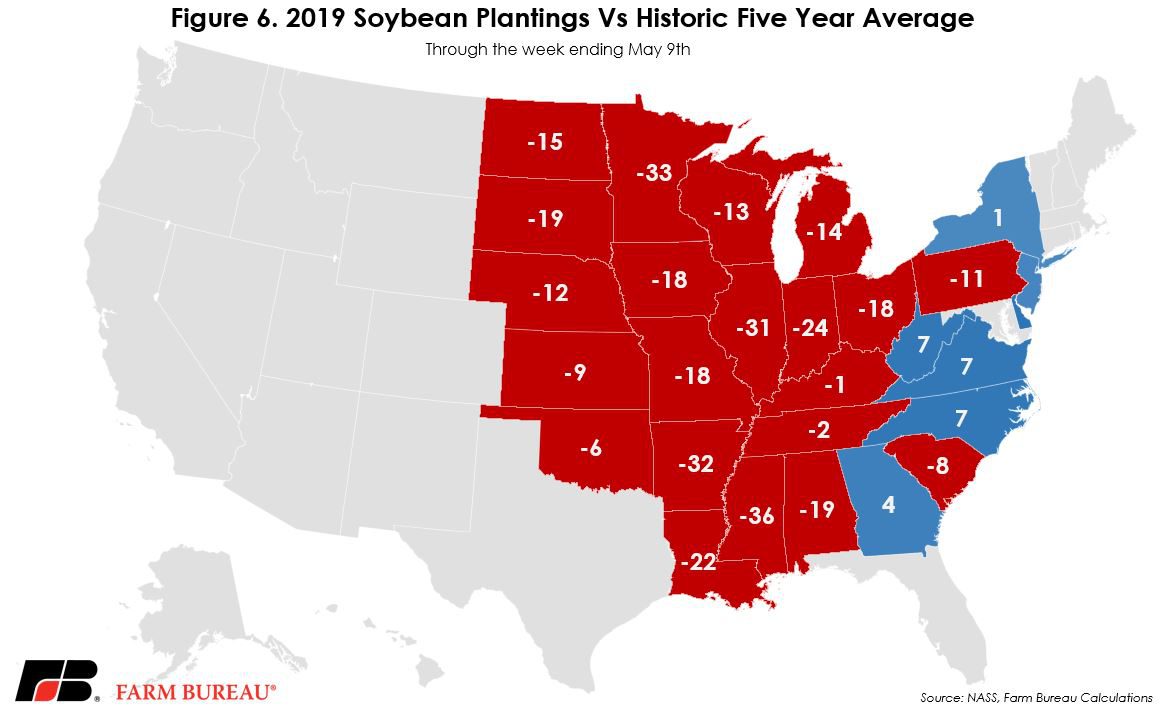
Summary
The U.S. corn crop is currently 30% planted and the soybean crop is 9% planted. Driven by above-average precipitation and below-average temperatures across the Corn Belt, this is the slowest pace of plantings since 2013 .
Major delays in corn and soybean planting progress have led to expectations that more soybean acres could be planted in 2019 compared to corn acres. USDA currently projects 92.7 million acres of corn and 84.6 million acres of soybeans planted in 2019. Farmers could also consider prevented planting acres because prevented planting payments may exceed the economic returns associated with a late-planted and poor-yielding crop. During 2013, when corn and soybean planting progress was also delayed, prevented plantings reached 5.3 million acres –the highest level in over two decades. Given expectations for poor crop prices and trade headwinds, prevented plantings are likely to exceed the 2013 total.
Trending Topics
VIEW ALL